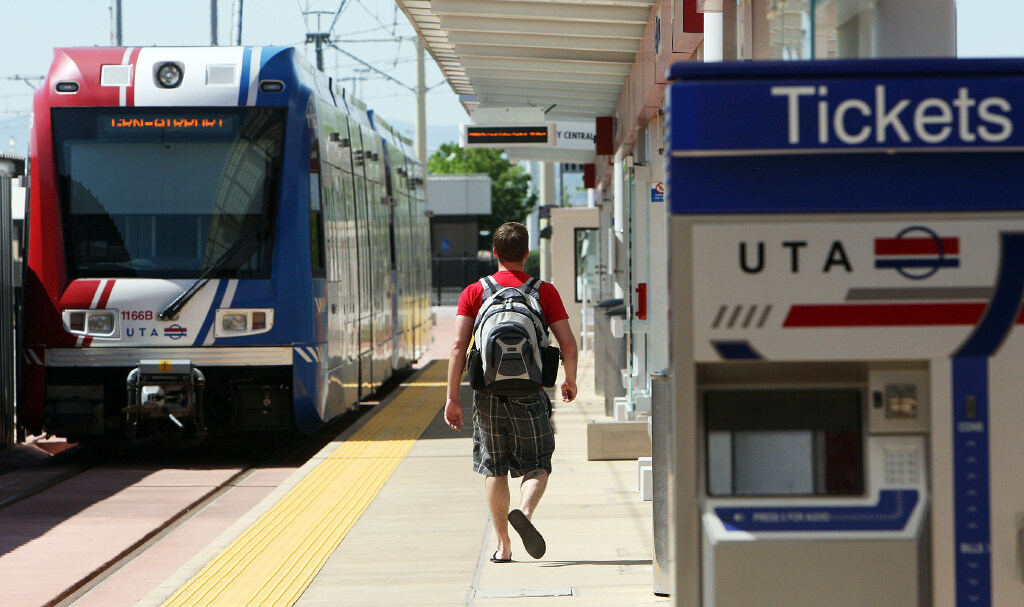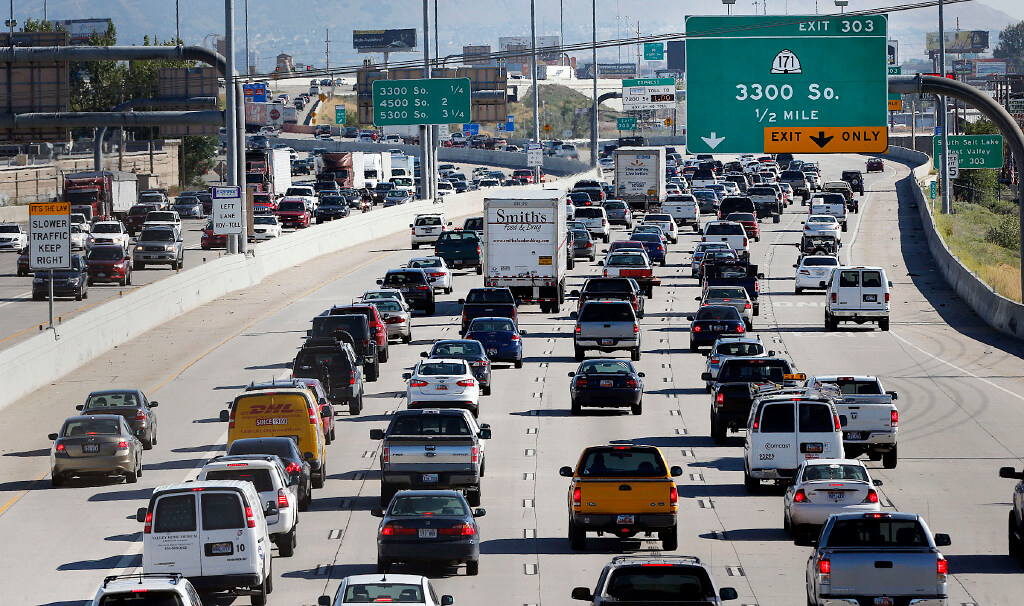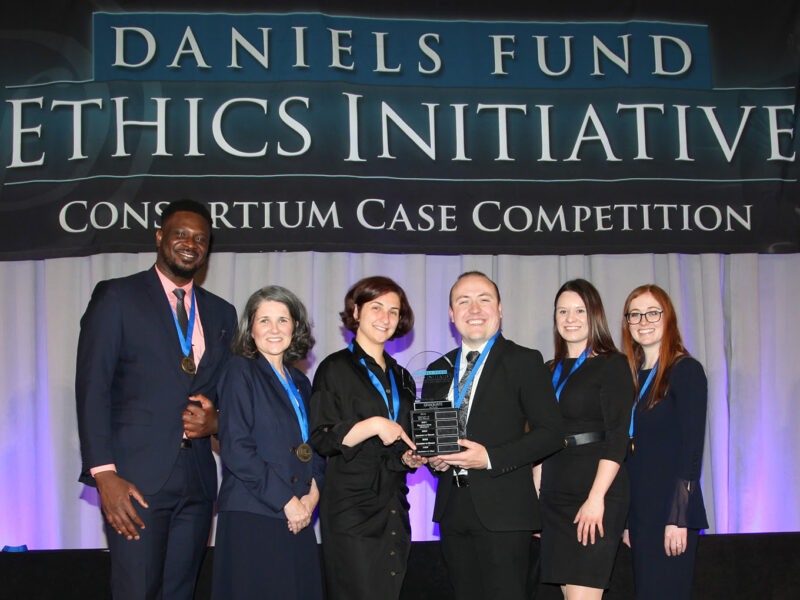
Utah’s daily commute: Here are your options
This story appears in the February issue of Utah Business. Subscribe.
On any given workday morning, commuters on the Frontrunner wave as they pass by their car-driving counterparts in the lines clogging Interstate 15. Strategically positioned along this major artery, the Frontrunner has lured many weary commuters away from their slow crawl in favor of the high-speed train.
Whether it’s public transportation, commuting by car, ride-sharing or even walking or biking, deciding on a method of commuting is often a question of balancing convenience, cost and speed.
Utah’s car-centric city planning often makes commuting by car more convenient for those who can drive. For many, it’s simply a lack of knowledge about the abundance of public transportation options and how to utilize routes near them. The Utah Transit Authority (UTA) reported that 62 percent of people in the UTA service area live within half a mile of a transit route, and 75 percent of jobs in the UTA service area are also within half a mile of a transit route.
Despite numerous options for public transportation in and around Utah and Salt Lake Valley, car commuting remains the most popular option for workers willing to deal with increased travel times during the infamous, if not ironically named, rush hour.
The average commute time for Salt Lake City is about 22.5 minutes, and KSL reported that “Utahns wait 59 hours in rush hour traffic per year. Put into perspective, that’s two-and-a-half days in traffic.”

With new developments and neighborhoods consistently being built to accommodate the growing Utah population, commuting traffic isn’t a problem that will go away anytime soon if people continue to choose car commuting. And with Utah’s population expected to nearly double by 2050 and even quadruple in areas such as Saratoga Springs and Eagle Mountain, the problem is only going to get worse.
“We cannot continue to build our way out of congestion using roadways alone,” says Dr. Grant Schultz, a transportation engineering professor at Brigham Young University. His suggested solutions call for improving public transportation, leveraging technology, fostering remote work and flexible hours, and promoting alternative modes of transportation to alleviate traffic.
One of these alternative options that has recently increased in popularity—and has the added benefit of promoting an active lifestyle—is biking to work. Bike commuting in the Salt Lake metro area increased by almost 19 percent in the past few years. According to the new American Community Survey, 0.7 percent of Salt Lake workers biked to work in 2021.
As commuters choose their preferred method of transportation, researchers and civil engineers at Utah’s Department of Transportation (UDOT) and UTA use this data to drive decision-making for the future of Utah’s transportation.
“Commuter trends allow state and city departments of transportation to evaluate current traffic operation needs and to identify how to meet future transportation projections,” Schultz says. “If we can accommodate commuter traffic, we can accommodate all traffic.”
Utah transportation officials are committed to creating more sustainable options and improving infrastructure for the fast-growing population, thereby improving the daily commuter experience for workers in the Beehive State. Utah workers can explore alternative options and discover how to incorporate public transportation into their daily commute at UTA’s Rider Tools website. ![]()





